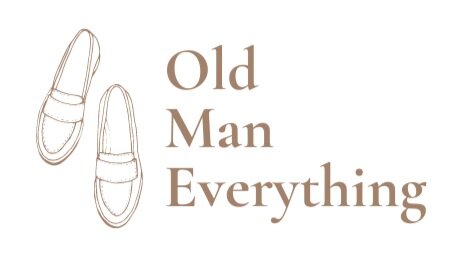First Principles for Dressing
First principles thinking is not novel – in fact, it is quite ancient. Yet, its resume of adherents stretches into the present, whose success speaks for itself. It constituted the framework for how Aristotle thought in Ancient Greece and it continues to do so today for people like Elon Musk and Charlie Munger. The core idea is straightforward for those who think analytically: establish foundational concepts so that one can build on them. So how, then, should we apply this simple method to clothes and how to dress for similar success?
Relying heavily on Bruce Boyer’s guidelines in True Style, I have come up with seven first principles for wearing clothes. They are listed and explained below, in a somewhat intentional hierarchy.
1) Dress for your context.
If you are a lawyer in court, please wear a suit and tie. If you are an electrician at a construction site, please wear proper boots. If you are at a wedding, please follow the (hopefully tasteful) dress code. This concept should go unsaid: most people follow it instinctively. But every now and then you will see a violation of this principle by those who do not care about clothes and, perhaps counterintuitively, those who care too much about clothes. You want to be neither the wedding guest who is wearing jeans nor the groomsman who alone foregoes the matching turquoise vest because he (rightfully) thought it was tacky.
2) Wear comfortable clothes.
Comfort is a relative concept. Some people can sleep in jeans, while others find denim intolerably stiff. I actually really enjoying lounging in well-fitting suits, whereas many of my friends take of their suits as soon as they can. Comfortable clothes are of your choosing. But once you have chosen, wear those clothes. They will cause you to be more at ease, look better, and feel better.
3) Wear clothes that fit.
“Fit is king” is perhaps the tritest menswear truism. You could wear an extremely comfortable navy suit to a job interview. But is it so comfortable because it is two sizes too big? The real issue, and why this principle must be stated, is that many people don’t know how clothes should fit. To a degree, determining fit is relative and personal—but there are boundaries. Look no farther than the skinny pants trend to realize on the popular delusion regarding what constitutes a proper fit. Wearing clothes that fit “correctly” will make you look and feel better, particularly over longer periods of time.
4) Dress somewhat conventionally.
I am part of the #menswear generation. I have largely been “dressed by the internet” – by online communities of guys acutely interested in clothes. And while learning how to dress from the internet has benefits, it also has drawbacks. Most prominently, #menswear guys will wear clothes to attract attention. They often determine what is appropriate based on internet trends when they should give more weight to what real people, with whom they interact, wear. The phrase “Pitti Peacock” is well-established. When I look through the male fashion advice subreddit, I often see people lavish praise upon outfits that look very cool but also would look ridiculous at a social gathering in the neighborhood. Once, while at a physical sample sale in Soho, I saw a man dressed head to toe in Supreme. It was jarring. Don’t wear a costume. People who pay attention should consider you well-dressed, but don’t be known primarily for how you dress. Clothes cast you in a positive light, rather than become the light you emanate.
5) Wear coherent outfits.
Whenever you get dressed, it should look coherent. This principle does not mean you cannot combine formal and informal clothing in high/low dressing. It simply means those items should look “at home” together. I personally love wearing a sport coat with denim. But I wouldn’t wear a tuxedo jacket with denim: it is an incoherent aesthetic. Another obvious violation would be wearing a dress shirt with sweatpants. Today, wearing sneakers with a full suit is a trendy look that I believe looks incoherent, and frankly, bad. Choose to dress formally, smartly, or casually. What is appealing about combining polar opposite styles?
6) Wear clothes you like.
Derek Guy wrote a fantastic piece on sustainability and clothes titled “On Emotional Durability.” The gist is that if you only own and wear clothes that you truly like (maybe even love) then you will be less inclined to generate waste by cycling through garments. I dress both for the world as well as for myself. Wearing items that I really care for brings me joy. That is why so many people love watches: it is very easy to glance down at your wrist and feel a small sense of satisfaction. So, while thinking about how to dress, remember to consider your own enjoyment.
7) Don’t be fussy.
Every guy that has spent time reading about clothes on the internet has probably heard of sprezzatura. It is an Italian word that, in the context of style, basically means to look good without looking like you care too much. Clothes are meant to be worn. Life is not a look-book. The shoes you spent 15 minutes shining to perfection will get scuffed. Your shirt will wrinkle. Your clothes might get stained and may even get torn or destroyed. Embrace it.
In short, the aforementioned maxims are my seven first principles for dressing. I perceive them to be fairly universal, so I encourage you to adopt them. These first principles can function as the foundation for developing your own (successful) personal style.
